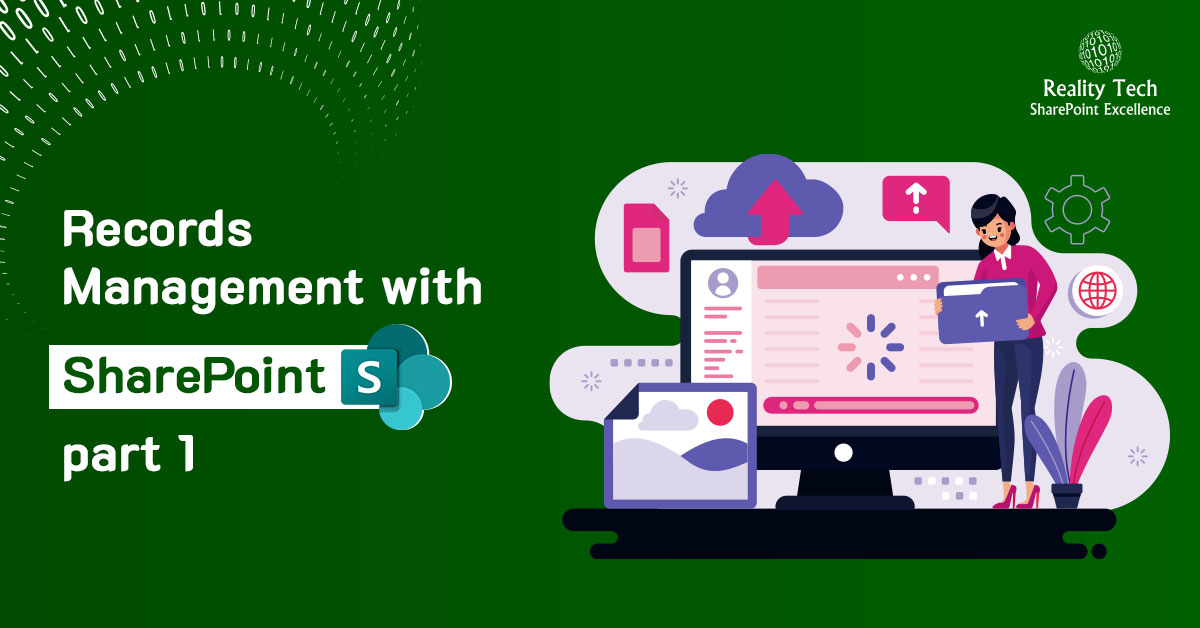
SharePoint 2010 has some great capabilities for implementing a true Records Management policy. Let’s explore both the capabilities as well as limitations, and how to extend SharePoint to create a true enterprise-class Records Management system.
The overarching goal in Records Management is to ensure Records are handled in a manner that is consistent with the organization’s Records policy. So first a policy must be defined across the enterprise, and then all systems including SharePoint must manage documents in a policy-compliant, automated, user-friendly and auditable fashion. Strategically we want to:
- Limit demands on the user
Simplify metadata tagging, and hide records jargon from end-users - Policy based disposition
Automate disposition to eliminate the dependency on end-users to take action on each document. - Enhanced reporting
Enable users to self-satisfy, to explore document expiration and disposition.
First let’s clarify what Records are. Not all documents are Records. SharePoint offers a range of capabilities in support of defining and managing records:
- Records can be managed centrally or in-place
Central management through sending documents to a “Record Center” offers the ultimate in centralized control, search, storage, security and administration. However there is a real impact on end-users when Records are moved from their usual home. SharePoint offers “In-Place Records Management” which is the direction the industry seems to be heading. - Records can be blocked from deletion
End users can be prevented from deleting a Record, which makes sense, as Records Management by definition provides policy for treating Records. - Records can be stripped of versions
This reducing the frequency that multiple versions of a Record are stored. - Records can be made read-only
This can be used to lock down a record so it does not change. - Records can and likely do have their own expiration and disposition rules
SharePoint allows a different policy to be applied to a document if it is a record. - Records are quickly identified
Searching, sorting, filtering are available to identify records. Documents that are records are also easily identified by a special record mark on the document icon.
Below are the pieces of the puzzle, each of which I will devote an article to addressing:
- Define your information architecture
- Creating a centrally managed set of Content Types with Information Policies
- Wrestling an unstructured set of sites, libraries and documents into a centrally managed information architecture
- Document Disposition in SharePoint
- Customizing the Expiration Date calculation
- Reporting on pending document disposition in SharePoint
- Review and approval of document disposition
- Control the timing of document disposition
I’m going to delve into how to accomplish the above to define and put in place a Records Management policy and system across an enterprise.
Want to talk?
Drop us a line. We are here to answer your questions 24*7.



